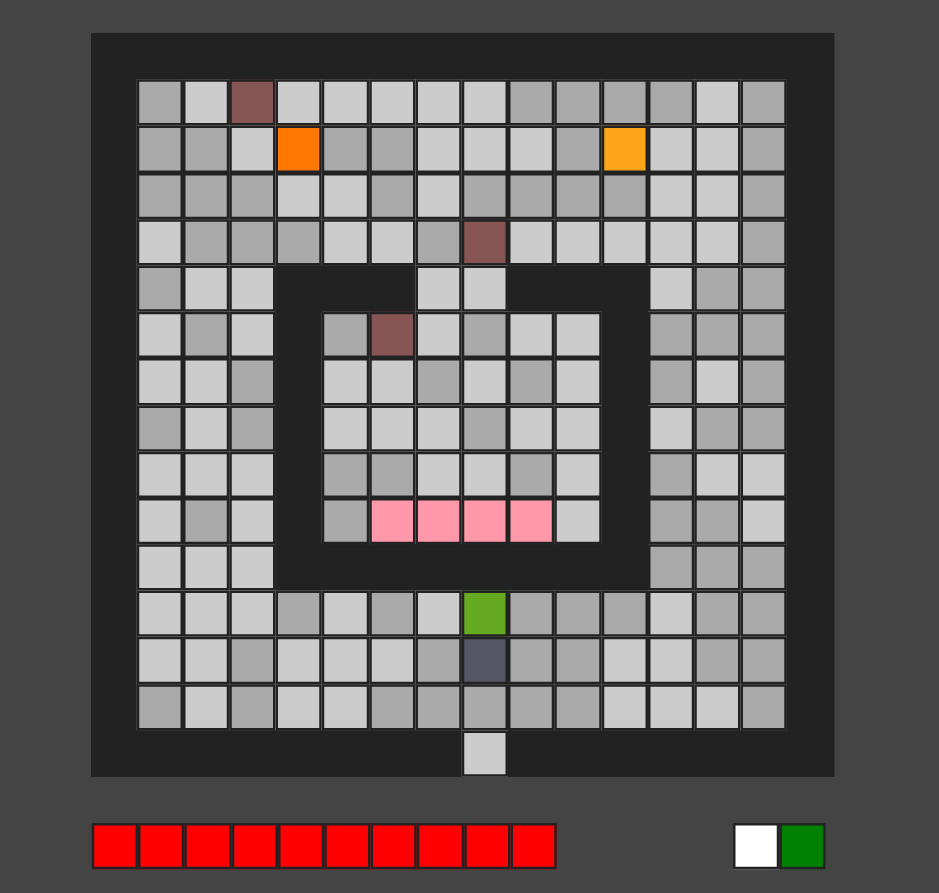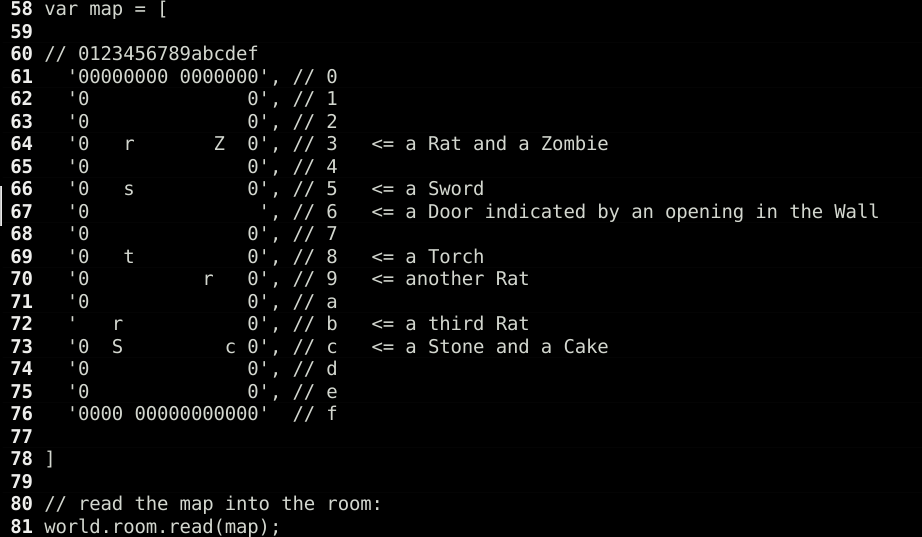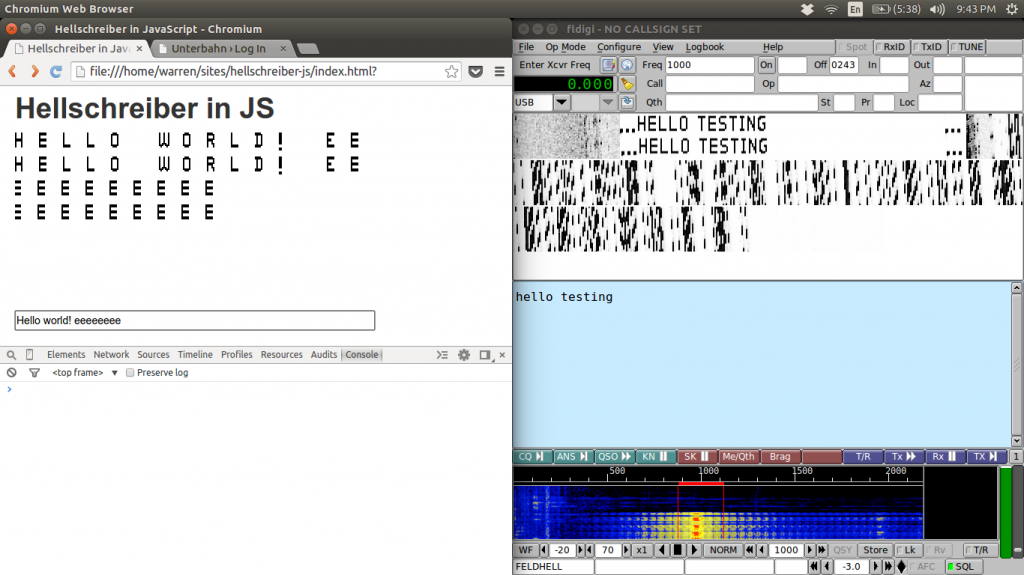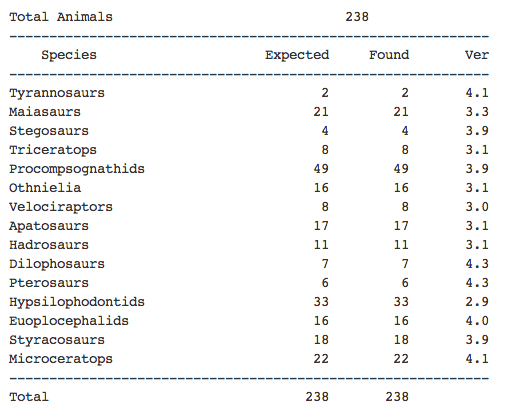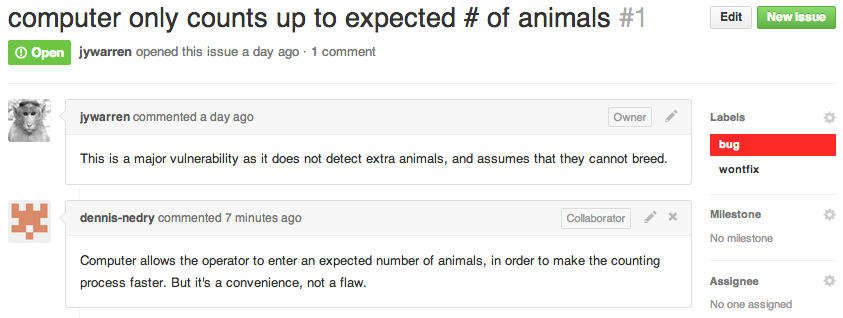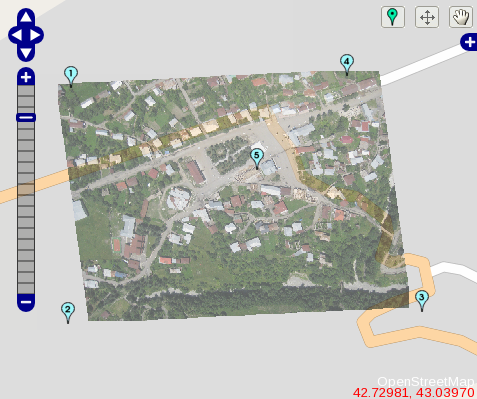I was surprised that Google News has no API, so I built my own: Using HTTParty, I wrote a small Ruby library for Google News. Put this in a ‘googlenews.rb’ file in the /lib/ directory of your Rails application to grab google news stories and topic lists.
Haven’t figured out how to get more than 10 items… Safari seems to be able to with feed://news.google.com?output=rss… but I’m not sure how.
gem "httparty"
require "httparty"
class Googlenews
include HTTParty
base_uri 'news.google.com'
def self.items
options = { :query => { :output => 'rss' } }
features = self.get('/news', options)
features['rss']['channel']['item']
end
def self.extract_topic(item)
# ncl=duPfj30A5WoxBHMupoOtlciO1jY1M&
item['description'].match(/ncl=([a-zA-Z0-9]+)&/)[1]
end
def self.topic(item)
options = { :query => { :output => 'rss', :ncl => self.extract_topic(item) } }
features = self.get('/news/more', options)
features['rss']['channel']['item']
end
# store in database (unused)
# def self.story(item)
# item['category']
# item['title']
# item['guid']
# item['description']
# item['link']
# item['pubDate']
# t.string :category, :default => ''
# t.string :title, :default => ''
# t.string :guid, :default => ''
# t.text :description, :default => ''
# t.string :link, :default => ''
# end
end
Once you’ve dropped this in /lib/, you can use it in a Rails controller like this (I needed JSON, to work with the feed in JavaScript):
class DataController < ApplicationController
def latest
render :json => Googlenews.items
end
end
Update: to get more than 10 items, add a GET parameter ‘num=20’ to the feed URL. This works both for topic and for the main feed. I haven’t confirmed this but I think it’s still limited to 30 items. Again, Safari manages to get more, but perhaps it does repeated queries. Still investigating. Anyways, that makes it:
def self.items
options = { :query => { :output => 'rss', :num => '20' } }
features = self.get('/news', options)
features['rss']['channel']['item']
end
Update: This now has a real home on Github, where it’s called ruby-googlenews.
